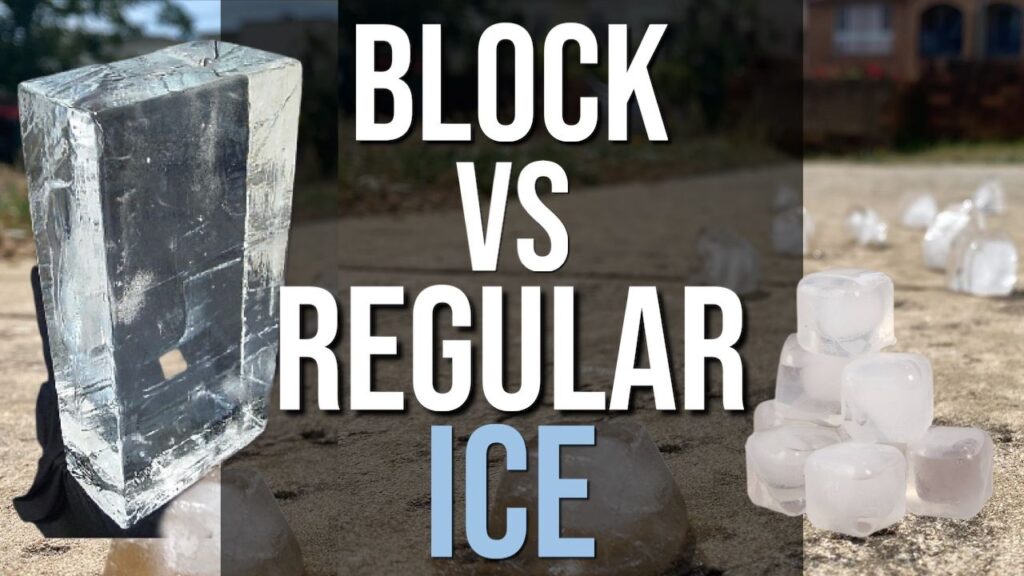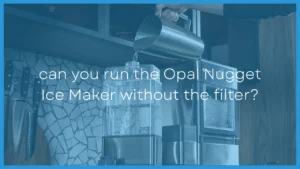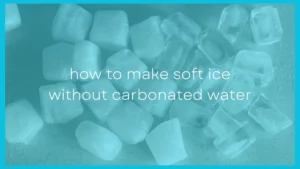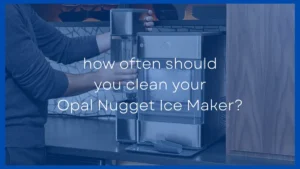You may have heard people mention that if you want to keep ice for longer then you should use large blocks of ice instead of smaller loose cubes of ice. But I wanted to look into this and see whether block ice lasts longer than regular ice or not?
The answer to this question wasn't really surprising:
Block ice does in fact last longer than cube ice. The larger size means the block ice has less surface area exposed to the outside air, slowing ice melt. Also the inner core of block ice is insulated from the warm outside by the outer part of the block, meaning it melts last.
Using large blocks of ice in your cooler instead of just smaller cubed ice can lead to extended life retention and a cooler that stay colder for longer.
Using a combination of block ice plus loose cubed ice to fill in any gaps will usually give you the best result and the longest ice retention.
Below you can see a video experiment where they tested block ice vs cubed ice vs dry ice and the results were as expected with block ice lasting the longest:
Why Does Block Ice Last Longer Than Regular Ice?
You might think that if you're using the same quantity of block ice and loose cubed ice then they should last a similar amount of time before they melt. But this isn't the case.
Why does block ice last longer than regular ice?
A good way to think of this is using an extreme thought experiment:

Imagine taking a giant iceberg and putting it in on an island near the equator where it's hot.
Now imagine an identical iceberg but you break it up into tiny pieces the size of an ice cube and spread them out out on the pavement so they aren't touching each other.
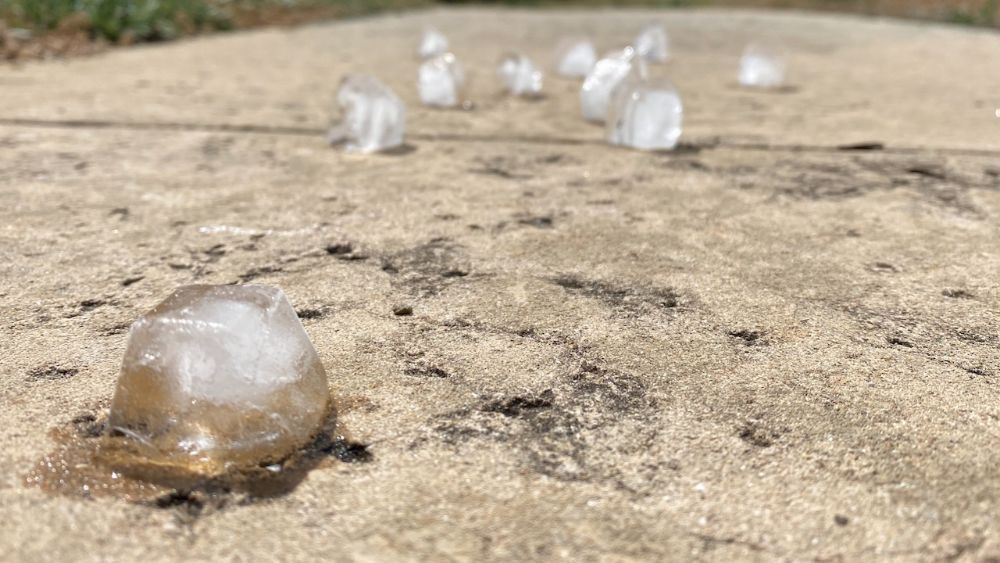
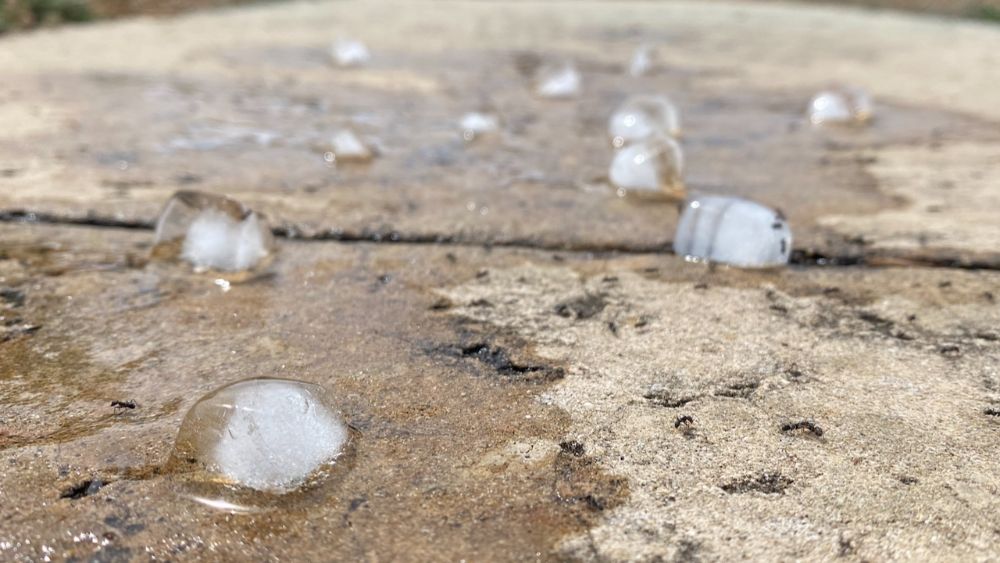
Same total amount of ice but the broken up bits of iceberg will each melt individually in just a few minutes while the intact iceberg will likely take days to melt.
The same works for block ice vs cubed ice, but less extreme. But why does the block ice last longer?
Block ice has less surface area than loose cubed ice meaning less of the ice is exposed to the warm outside air where it melts. The core of the block ice is protected and insulated by the outside of the block, keeping it frozen longer.
Cubed ice has a larger surface area which exposes it to more heat and there is no inside core that is protected and insulated from the outside. This causes it to melt faster.
How Much Longer Does Block Ice Last Than Regular Ice?
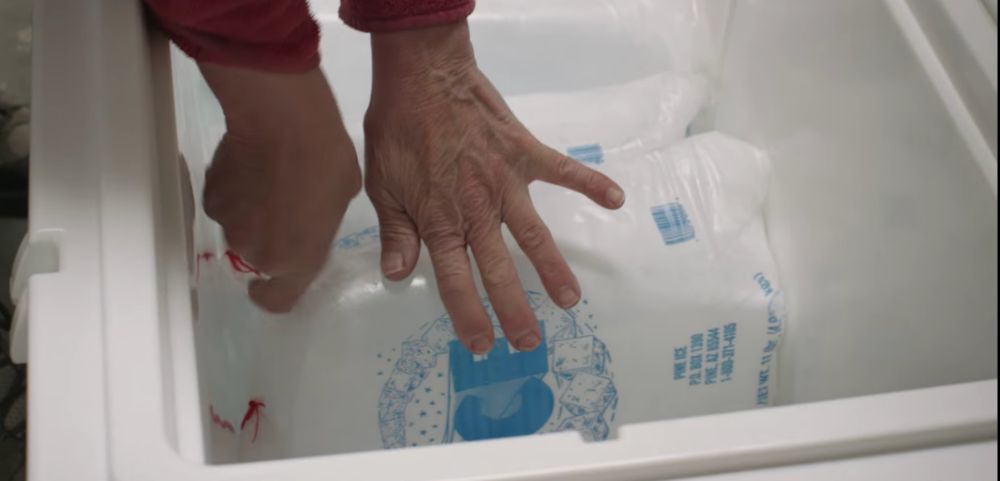
It's hard to give an absolute figure on how long block ice lasts compared to regular loose cubed ice because it depends on so many factors.
- How big is the block of ice
- How much ice is being used?
- Are you mixing in loose ice to fill the gaps of the block ice
- How good is your cooler
- What items are you keeping cold in your cooler
- Are you using bags or block ice or waterproof containers/bottles
Each of these things plays a role in how much longer block ice lasts compared to regular ice.
Large block ice will often last at least 0.5-1 day longer than the same amount of cubed ice in a decent cooler. Large quantities of block ice can add multiple days of ice retention compared to cubed ice in a large high-quality cooler like Yeti.
The more block ice you're using the more drastic the difference and the longer it will last compared to cubed ice.
The quality of the cooler also plays a big role as keeping ice in one of the best coolers at holding ice will see the cooler holding block ice for days longer than regular ice. But in a cheap cooler the difference might only be a few hours or a single day.
What Shape of Block Ice Lasts The Longest?
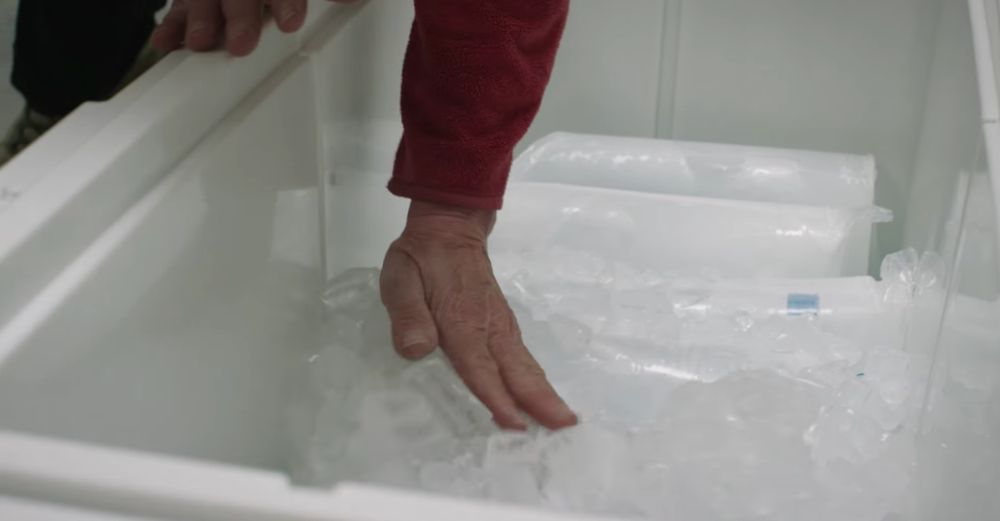
What kind of block ice lasts the longest? Should you go with long thin rectangles or are shorter thicker squares better?
In theory spherical blocks of ice last longer than any other type but in a cooler these don't stack together and leave air gaps. Therefore the best shape for block ice is squares or thick rectangles that stack closely together without air spaces.
Unless you're combining frozen balloons with loose cubed ice in order to fill in the empty spaces you'll probably want to go with square or rectangular ice. It's just a lot easier to work with and leaves less air spaces in your cooler.
How To Make Block Ice
If you want to make some block ice of your own what are some ways you can do it?
Ice Cream Containers
If you've got any leftover large ice cream containers then you can use these to make large ice blocks.
I recommend putting an empty ice cream container in your freezer then using a pitcher or water bottle and using them to fill up the ice cream tray.
If you fill it up in the sink and try to carry it to the freezer chances are you'll splash water everywhere.
Milk Jugs or Soda Bottles
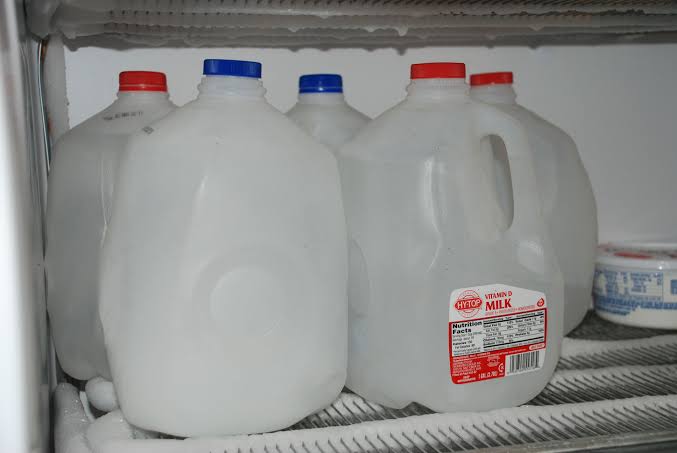
Frozen milk jugs, large soda bottles or other large water bottles are a perfect way to make large ice bricks.
These are especially great because as they melt you can use the ice as drinking water. It also won't leak everywhere so won't make the contents of your cooler wet and soggy.
Balloons
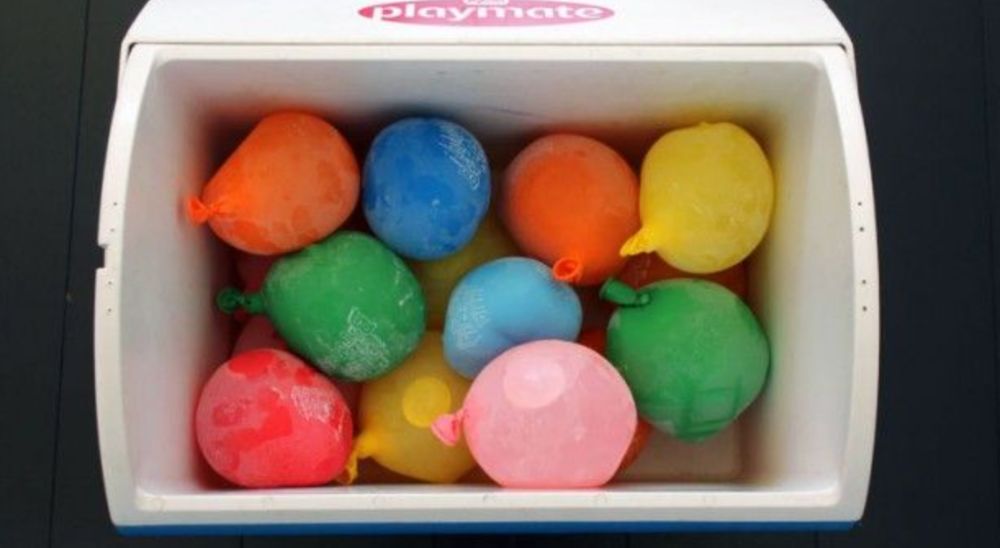
Filling up balloons as full as possible and putting them in the freezer can be a great way to make large ice blocks.
You can even leave the ice in the balloons when you put them in your cooler and they won't make a mess as they melt as the water will be contained.
A Plastic Bin or Container
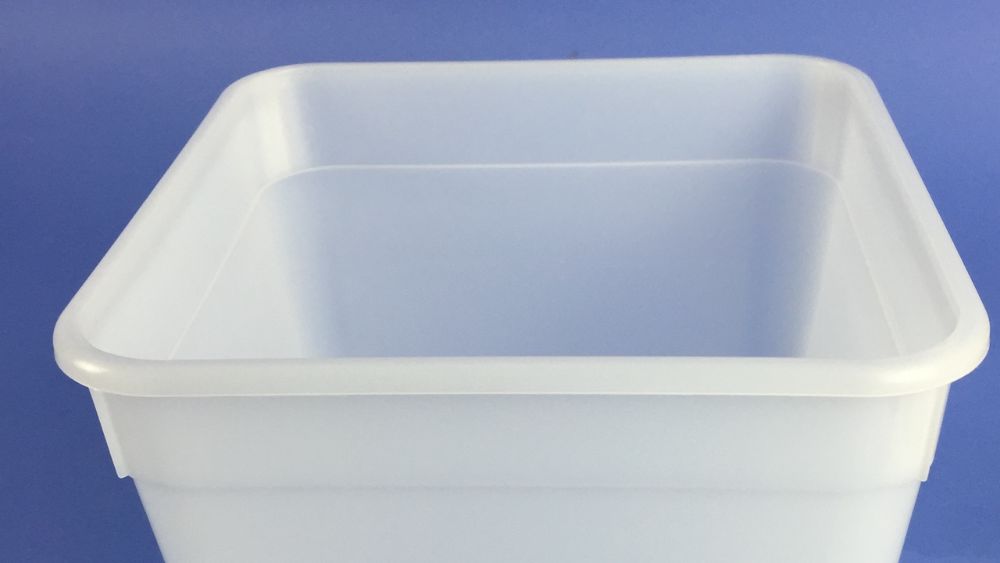
You can use a plastic bin or larger plastic container to make even large ice blocks that those made with ice cream containers or milk jugs.
Remember the bigger the ice block the longer it is going to last so if you have a large cooler it can be worthwhile making a large ice block.
Use a plastic bin or large container and make sure you have enough room in your freezer for it.
You'll want to only fill it up a little bit at a time. If you fill it completely the expanding ice will crack the container and water will spill everywhere.
Fill a little at a time and let it set before adding more water. Adding layer upon layer at a time you can get a really good sized ice block.
A Silicone Mold
A silicone ice block mold is one of the easiest ways to make a large ice brick for your cooler.
I suggest searching for “silicone bread pans” as you'll get large molds than just searching for an ice block mold.
These are great because they can stretch and expand as the ice does so they won't break and they are easy to peel off and reuse once the ice block has completely frozen.
Click here to see the latest price of the ice block mold at Amazon


